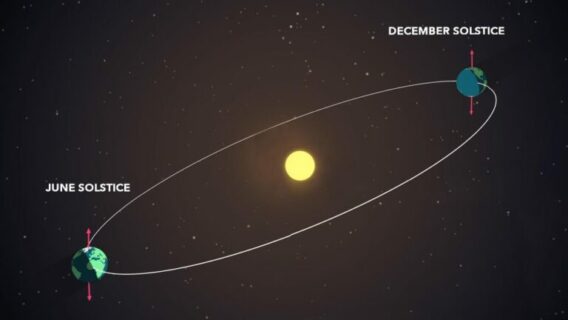
When do you think summer starts? Is it when school ends or weather turns warm enough to swim outdoors? Or it could be when your local meteorologist announces astronomical summer.
In the Northern Hemisphere the Summer (June) Solstice is June 21 in the year 2023.
Take advantage of the June Solstice, also called the Summer Solstice. It is the longest day and shortest night and this year. So, there is more daylight to work in the yard, take long walks, eat dinner out on the patio or just enjoy summer. Just remember to use sunscreen.
The Old Farmers’ Almanac says the actual solstice moment comes at 10:58 a.m. EDT.
For its meaning, think Latin sol for sun and sistere for standing still. IKt certainly stands still in the Arctic Circle which won’t get dark because the sun won’t set there. Think Midnight Sun.
Earth/Sky, The Farmer’s Almanac and Space explain the long day relates to the sun’s angle to the Equator and is the farthest north of the horizon in the Northern Hemisphere.
NASA explains the long day is due to the tilt of the Earth and has a graphic showing the angle.
Of course, such a momentous time of year has related folklore. Most of those events come under the title Midsummer.
That may sound as a misnomer, but the June Solstice marking the beginning of the season is a starting point that is usually marked a few days later with Midsummer celebrations. It’s when many northern cultures such as Sweden, Finland and Ireland historically celebrated the time with rituals, visits to Stonehenge, and religious occasions.
Maybe hold your own Midsummer celebration. Check Travel Sweden for how they do it and their Midsummer dates.
